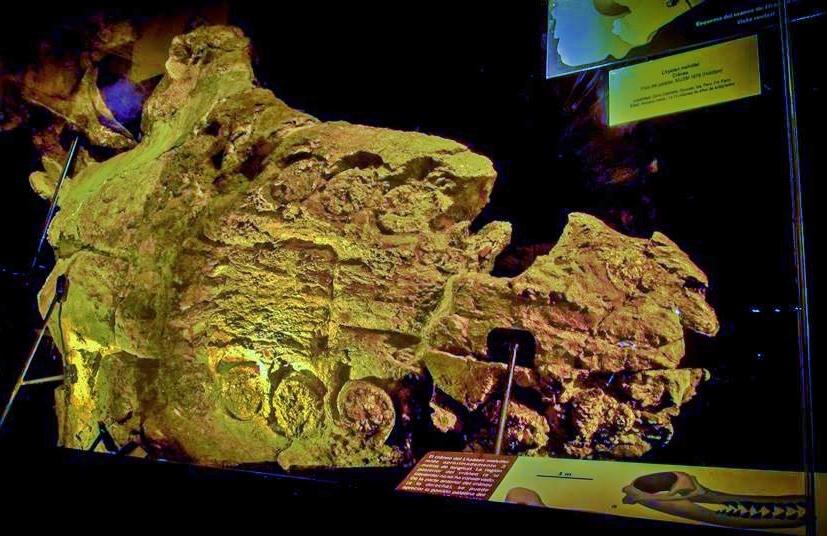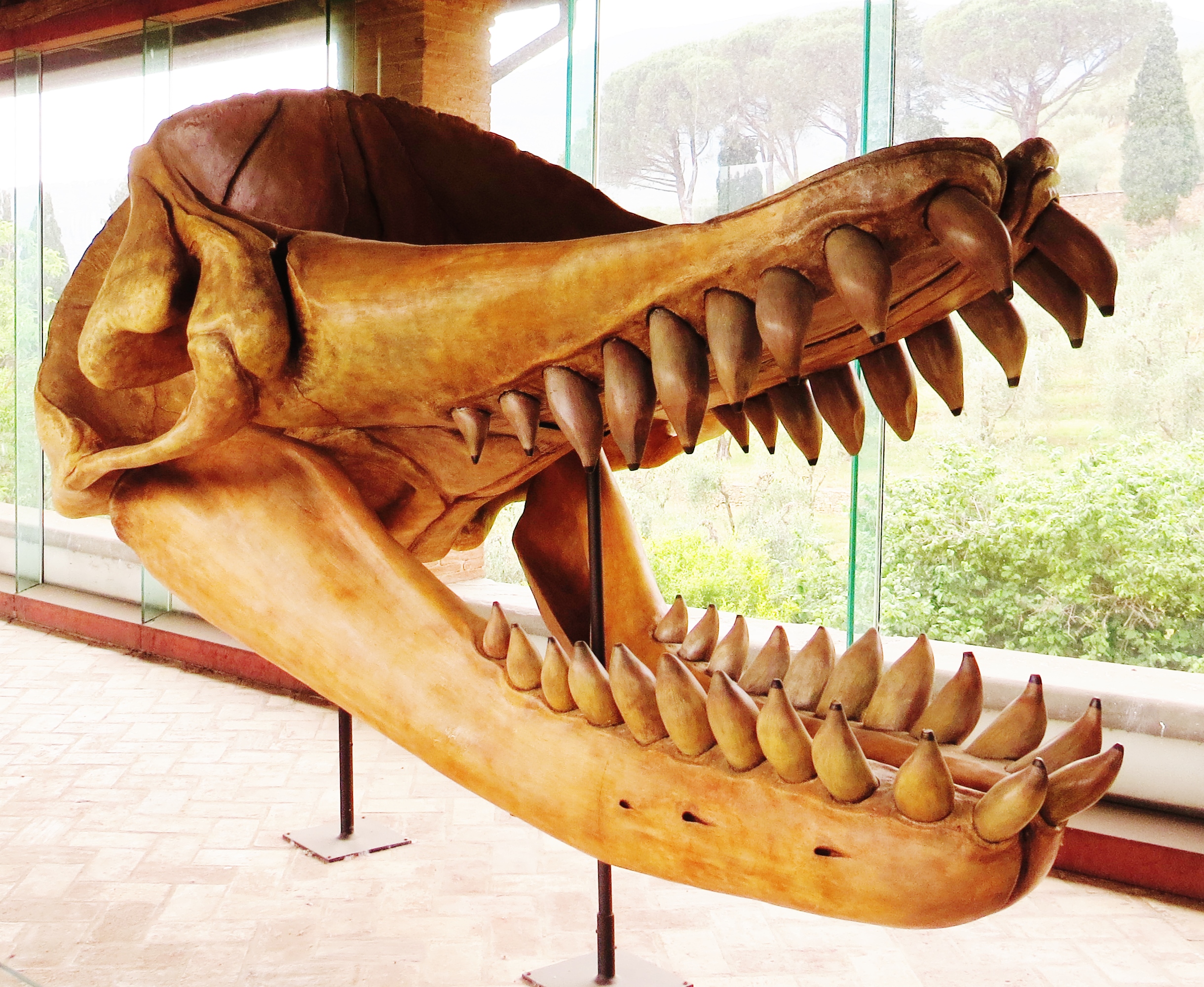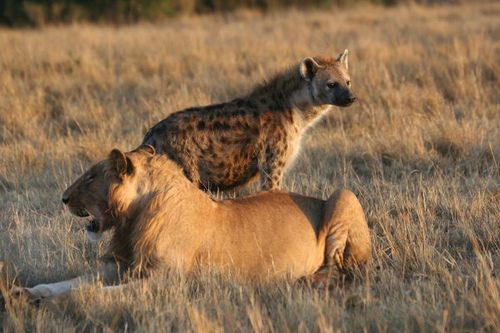|
Livyatan
''Livyatan'' is an extinct genus of macroraptorial sperm whale containing one known species: ''L. melvillei''. The genus name was inspired by the biblical sea monster Leviathan, and the species name by Herman Melville, the author of the famous novel ''Moby-Dick'' about a white bull sperm whale. It is mainly known from the Pisco Formation of Peru during the Tortonian stage of the Miocene epoch, about 9.9–8.9 million years ago (mya); however, finds of isolated teeth from other locations such as Chile, Argentina, South Africa, and Australia imply that either it or a close relative survived into the Pliocene, around 5mya, and was present throughout the Southern Hemisphere. It was a member of a group of macroraptorial sperm whales (or "raptorial sperm whales") and was probably an apex predator, preying on whales, seals, and so forth. Characteristically of raptorial sperm whales, ''Livyatan'' had functional, enamel-coated teeth on the upper and lower jaws, as well as several featur ... [...More Info...] [...Related Items...] OR: [Wikipedia] [Google] [Baidu] |
Livyathan Melvillei 2343
''Livyatan'' is an extinct genus of macroraptorial sperm whale containing one known species: ''L. melvillei''. The genus name was inspired by the biblical sea monster Leviathan, and the species name by Herman Melville, the author of the famous novel ''Moby-Dick'' about a white bull sperm whale. It is mainly known from the Pisco Formation of Peru during the Tortonian stage of the Miocene epoch, about 9.9–8.9 million years ago (mya); however, finds of isolated teeth from other locations such as Chile, Argentina, South Africa, and Australia imply that either it or a close relative survived into the Pliocene, around 5mya, and was present throughout the Southern Hemisphere. It was a member of a group of macroraptorial sperm whales (or "raptorial sperm whales") and was probably an apex predator, preying on whales, seals, and so forth. Characteristically of raptorial sperm whales, ''Livyatan'' had functional, enamel-coated teeth on the upper and lower jaws, as well as several feature ... [...More Info...] [...Related Items...] OR: [Wikipedia] [Google] [Baidu] |
Macroraptorial Sperm Whale
Macroraptorial sperm whales were highly predatory whales of the sperm whale superfamily (Physeteroidea) of the Miocene epoch that hunted large marine mammals, including other whales, using their large teeth. They consist of five genera: ''Acrophyseter'', ''Albicetus'', ''Brygmophyseter'', ''Livyatan'', and ''Zygophyseter''. All species are known by at least a skull, and are informally grouped without a family designation. They were all likely the apex predator of their habitats, comparable to the modern day killer whale (''Orcinus orca''), and achieved great lengths, with one species–''Livyatan''–measuring about . Discovery ''Zygophyseter'' was discovered in the Pietra Leccese Formation in Italy from a skull, teeth, and vertebrae; ''Brygmophyseter'' was discovered in the Bessho Formation in Japan from a nearly-complete skeleton; and ''Acrophyseter'' and ''Livyatan'' both originate from the Pisco Formation in Peru and are known by only a skull. ''Albicetus'' is discovered fro ... [...More Info...] [...Related Items...] OR: [Wikipedia] [Google] [Baidu] |
Megalodon
Megalodon (''Otodus megalodon''), meaning "big tooth", is an extinct species of mackerel shark that lived approximately 23 to 3.6 million years ago (Mya), from the Early Miocene to the Pliocene epochs. It was formerly thought to be a member of the family Lamnidae and a close relative of the great white shark (''Carcharodon carcharias''). However, it is now classified into the extinct family Otodontidae, which diverged from the great white shark during the Early Cretaceous. While regarded as one of the largest and most powerful predators to have ever lived, the megalodon is only known from fragmentary remains, and its appearance and maximum size are uncertain. Scientists differ on whether it would have more closely resembled a stockier version of the great white shark, the whale shark (''Rhincodon typus''), the basking shark (''Cetorhinus maximus'') or the sand tiger shark (''Carcharias taurus''). The most recent estimate with the least error range suggests a maximum length e ... [...More Info...] [...Related Items...] OR: [Wikipedia] [Google] [Baidu] |
Pisco Formation
The Pisco Formation is a geologic formation located in Peru, on the southern coastal desert of Ica, Peru, Ica and Arequipa. The approximately thick formation was deposited in the Pisco Basin, spanning an age from the Miocene, Middle Miocene up to the Early Pleistocene, roughly from 15 to 2 Ma. The tuffaceous sandstones, diatomaceous siltstones, Conglomerate (geology), conglomerates and dolomite (rock), dolomites were deposited in a lagoonal to near-shore depositional environment, environment, in bays similar to other Pacific South American formations as the Caldera Basin, Bahía Inglesa and Coquimbo Formations of Chile. Several specialists consider the Pisco Formation one of the most important Lagerstätten,Brand et al., 2004Brand et al., 2011 based on the large amount of exceptionally preserved marine fossils, including sharks (most notably megalodon), penguins, whales, dolphins, birds, marine crocodiles and aquatic giant sloths. Famous fossils found in these layers include the ... [...More Info...] [...Related Items...] OR: [Wikipedia] [Google] [Baidu] |
Physeteroidea
Physeteroidea is a superfamily that includes three extant species of whales: the sperm whale, in the genus ''Physeter'', and the pygmy sperm whale and dwarf sperm whale, in the genus ''Kogia''. In the past, these genera have sometimes been united in a single family, the Physeteridae, with the two ''Kogia'' species in the subfamily Kogiinae; however, recent practice is to allocate the genus ''Kogia'' to its own family, the Kogiidae, leaving the Physeteridae as a monotypic (single extant species) family, although additional fossil representatives of both families are known. Characteristics The sperm whale (''Physeter macrocephalus'') is the largest species of toothed whale, with adult bulls (males) growing to be about long, and weighing about . The two kogiid species are much smaller, around in length, and weighing . The bodies of physeteroids are robustly proportioned, with paddle-shaped flippers. The lower jaw is always relatively small and thin relative to the upper jaw. T ... [...More Info...] [...Related Items...] OR: [Wikipedia] [Google] [Baidu] |
Leviathan
Leviathan (; he, לִוְיָתָן, ) is a sea serpent noted in theology and mythology. It is referenced in several books of the Hebrew Bible, including Psalms, the Book of Job, the Book of Isaiah, the Book of Amos, and, according to some translations, in the Book of Jonah; it is also mentioned in the Book of Enoch. The Leviathan is often an embodiment of chaos and threatening to eat the damned after their life. In the end, it is annihilated. Christian theologians identified Leviathan with the demon of the deadly sin envy. According to Ophite diagrams, the Leviathan encapsulates the space of the material world. The Leviathan of the Book of Job is a reflection of the older Canaanite ''Lotan'', a primeval monster defeated by the god Baal Hadad. Parallels to the role of Mesopotamian Tiamat defeated by Marduk have long been drawn in comparative mythology, as have been wider comparisons to dragon and world serpent narratives such as Indra slaying Vrtra or Thor slaying Jörm ... [...More Info...] [...Related Items...] OR: [Wikipedia] [Google] [Baidu] |
Herman Melville
Herman Melville (Name change, born Melvill; August 1, 1819 – September 28, 1891) was an American people, American novelist, short story writer, and poet of the American Renaissance (literature), American Renaissance period. Among his best-known works are ''Moby-Dick'' (1851); ''Typee'' (1846), a romanticized account of his experiences in Polynesia; and ''Billy Budd, Billy Budd, Sailor'', a posthumously published novella. Although his reputation was not high at the time of his death, the 1919 centennial of his birth was the starting point of a #Melville revival and Melville studies, Melville revival, and ''Moby-Dick'' grew to be considered one of the great American novels. Melville was born in New York City, the third child of a prosperous merchant whose death in 1832 left the family in dire financial straits. He took to sea in 1839 as a common sailor on a merchant ship and then on the whaler ''Acushnet'', but he jumped ship in the Marquesas Islands. ''Typee'', his first b ... [...More Info...] [...Related Items...] OR: [Wikipedia] [Google] [Baidu] |
Miocene
The Miocene ( ) is the first geological epoch of the Neogene Period and extends from about (Ma). The Miocene was named by Scottish geologist Charles Lyell; the name comes from the Greek words (', "less") and (', "new") and means "less recent" because it has 18% fewer modern marine invertebrates than the Pliocene has. The Miocene is preceded by the Oligocene and is followed by the Pliocene. As Earth went from the Oligocene through the Miocene and into the Pliocene, the climate slowly cooled towards a series of ice ages. The Miocene boundaries are not marked by a single distinct global event but consist rather of regionally defined boundaries between the warmer Oligocene and the cooler Pliocene Epoch. During the Early Miocene, the Arabian Peninsula collided with Eurasia, severing the connection between the Mediterranean and Indian Ocean, and allowing a faunal interchange to occur between Eurasia and Africa, including the dispersal of proboscideans into Eurasia. During the ... [...More Info...] [...Related Items...] OR: [Wikipedia] [Google] [Baidu] |
Natural History Museum Of The University Of Pisa
The Natural History Museum of the University of Pisa is a natural history museum in the city of Pisa in Tuscany, Italy. It houses one of the largest collection of cetaceans skeletons in Europe. The museum's oldest collections are seashells collected by the Italian invertebrate scientist, Niccolò Gualtieri. There is also an assembly of five thousand zoological specimens collected by the Italian geologist and ornithologist, Paolo Savi. Grand Duke Ferdinand I of Tuscany established the museum in 1596 by moving specimens from the Florentine palaces of the Medici. In 1981, the museum was moved to the Pisa Charterhouse. Organization The museum is organized into two sectors. One sector includes the * Aquarium * Temporary Exhibitions * Prehistory of Monte Pisano The other sector includes the permanent exhibitions of * Historical Gallery * Garden * Amphibians and Reptiles gallery * Mammals gallery * Hall of Archaeocetes * Cetacean gallery * Hall of the evolution of man * Mine ... [...More Info...] [...Related Items...] OR: [Wikipedia] [Google] [Baidu] |
Bible
The Bible (from Koine Greek , , 'the books') is a collection of religious texts or scriptures that are held to be sacred in Christianity, Judaism, Samaritanism, and many other religions. The Bible is an anthologya compilation of texts of a variety of forms originally written in Hebrew, Aramaic, and Koine Greek. These texts include instructions, stories, poetry, and prophecies, among other genres. The collection of materials that are accepted as part of the Bible by a particular religious tradition or community is called a biblical canon. Believers in the Bible generally consider it to be a product of divine inspiration, but the way they understand what that means and interpret the text can vary. The religious texts were compiled by different religious communities into various official collections. The earliest contained the first five books of the Bible. It is called the Torah in Hebrew and the Pentateuch (meaning ''five books'') in Greek; the second oldest part was a coll ... [...More Info...] [...Related Items...] OR: [Wikipedia] [Google] [Baidu] |
Marine Mammal
Marine mammals are aquatic mammals that rely on the ocean and other marine ecosystems for their existence. They include animals such as seals, whales, manatees, sea otters and polar bears. They are an informal group, unified only by their reliance on marine environments for feeding and survival. Marine mammal adaptation to an aquatic lifestyle varies considerably between species. Both cetaceans and sirenians are fully aquatic and therefore are obligate water dwellers. Seals and sea-lions are semiaquatic; they spend the majority of their time in the water but need to return to land for important activities such as mating, breeding and molting. In contrast, both otters and the polar bear are much less adapted to aquatic living. The diets of marine mammals vary considerably as well; some eat zooplankton, others eat fish, squid, shellfish, or sea-grass, and a few eat other mammals. While the number of marine mammals is small compared to those found on land, their roles in various ... [...More Info...] [...Related Items...] OR: [Wikipedia] [Google] [Baidu] |
Interspecific Competition
Interspecific competition, in ecology, is a form of competition in which individuals of ''different'' species compete for the same resources in an ecosystem (e.g. food or living space). This can be contrasted with mutualism, a type of symbiosis. Competition between members of the same species is called intraspecific competition. If a tree species in a dense forest grows taller than surrounding tree species, it is able to absorb more of the incoming sunlight. However, less sunlight is then available for the trees that are shaded by the taller tree, thus interspecific competition. Leopards and lions can also be in interspecific competition, since both species feed on the same prey, and can be negatively impacted by the presence of the other because they will have less food. Competition is only one of many interacting biotic and abiotic factors that affect community structure. Moreover, competition is not always a straightforward, direct, interaction. Interspecific competition m ... [...More Info...] [...Related Items...] OR: [Wikipedia] [Google] [Baidu] |









.jpg)

